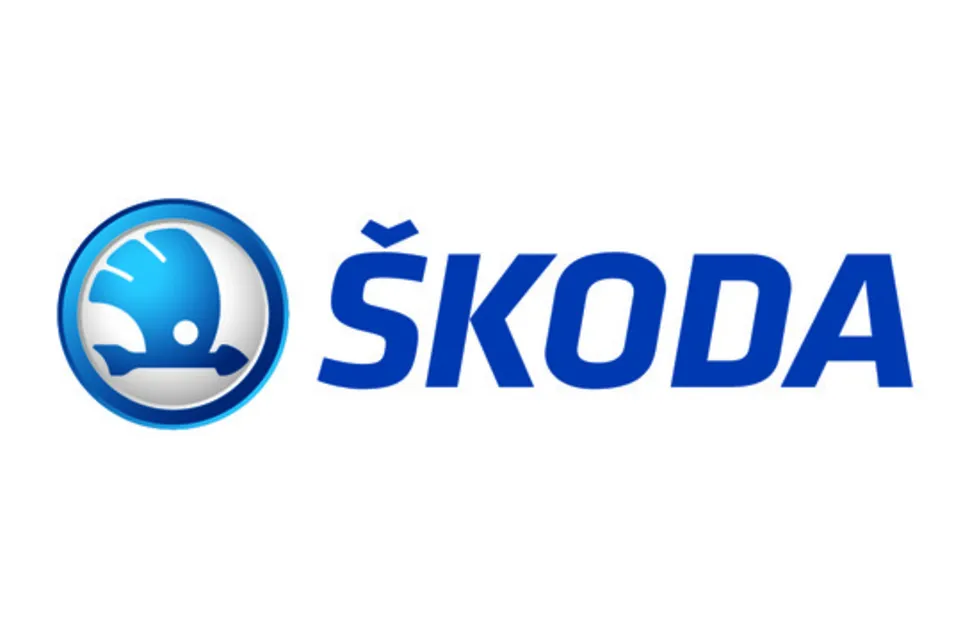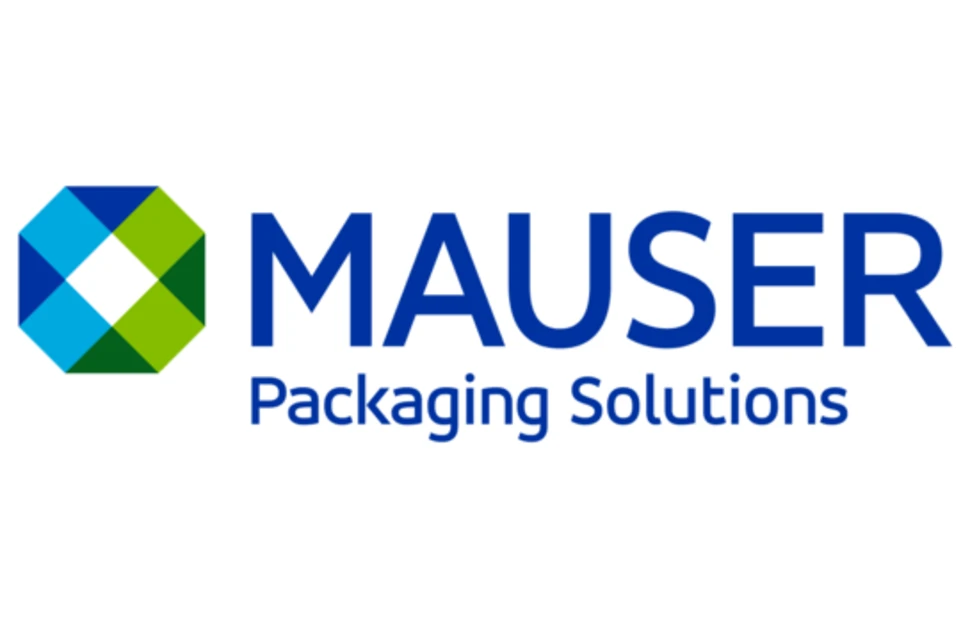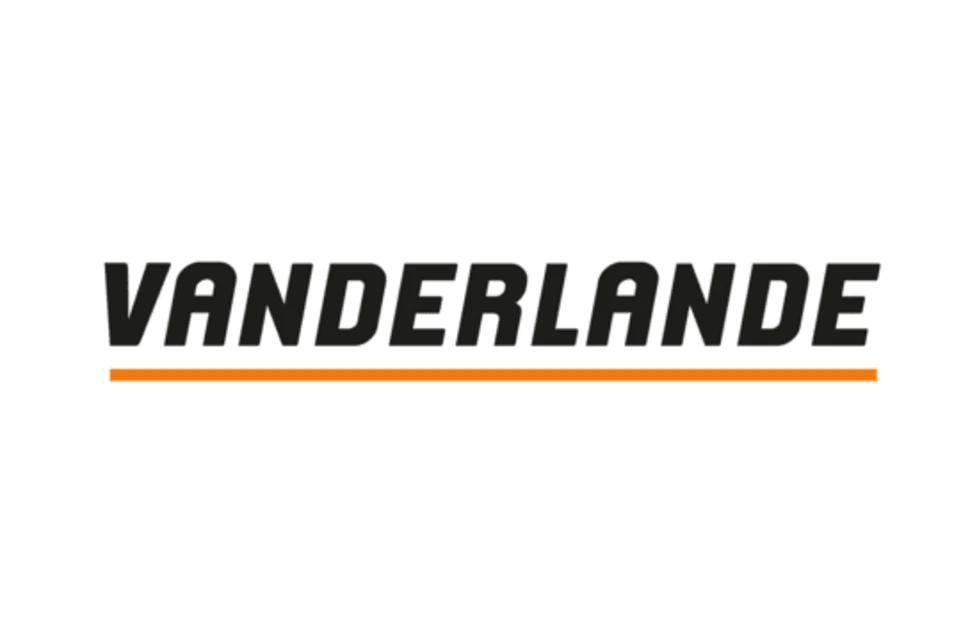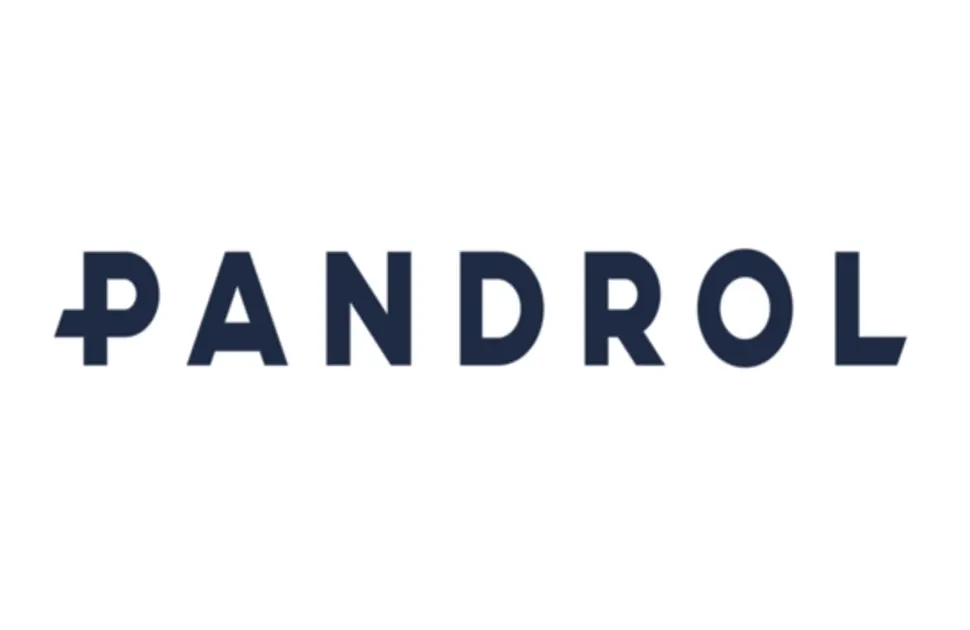European steel prices recover but demand wanes
European steel prices recovered slightly in recent weeks, having declined further in October. Inflated energy costs strengthened producers’ resolve to halt the downward trend.
The announcement of the new quota-based steel trade deal between the EU and the United States, although short of detail, boosted the mills’ confidence. Purchasing activity, however, remains weak.
A number of producers have switched to night-time and weekend working, to mitigate energy cost hikes. Others have brought forward maintenance programmes, in response to falling order intake. Despite this reduction in output, delivery lead times are shortening, for all steel products.
Inventory levels are high within the distribution chain. Shortages earlier in the year resulted in additional orders being placed, to ensure supply. These are now being delivered.
Ports’ storage facilities are full of imported steel, and operators are refusing to accept new cargoes until old material is collected. This puts pressure on distributors and service centres to reduce their selling prices, in order to create space in their warehouses. With the year-end fast approaching, however, companies face the dilemma of reducing stock levels without damaging annual financial results.
Prices in other regions are falling. In the US, reduced automotive demand and a seasonal spike in imports have seen transaction values decline by up to ten percent, from their previous elevated levels. Chinese domestic prices have dropped by up to twenty percent, as construction demand slows and market sentiment deteriorates. This has yet to translate into increased export shipments from the Asian country.
Auto slowdown
Automotive activity within Europe remains at a low level. This is increasing the pressure on flat product steelmakers. Mills are keen to develop partnerships in other sectors, to compensate for the drift away from the auto segment. It remains to be seen whether they will maintain these relationships when the car industry picks up.
Prices for long products more than recovered the ground initially lost, last month. The traditional electric arc furnace supply route was heavily affected by escalating electricity costs. Prospective energy surcharges helped to halt the price slide. Very few producers successfully implemented such additional charges, however, preferring to increase basis values.
The slowdown in the automotive sector is also affecting wire rod demand. Reduced sales of components and increased stock levels have resulted in decreased buying activity. This is concerning the steel mills, which see gaps appearing in their production programmes.
COP26
At the United Nations COP26, representatives from many countries committed to phasing out coal usage. Since coal is used as a raw material in primary steelmaking and as a source of electricity for secondary melting, this decision will have a significant impact on steel production.
Within the EU, private and semi-private initiatives to find a solution are already in progress. Government support packages will be needed to enable a more rapid move away from fossil fuels. Measures such as carbon border taxes will only function if Europe stays ahead of technological advances in competing regions, where state aid may be more forthcoming.
The move to cleaner production methods is also being driven by customer demand. Some firms are already including “green steel” clauses in purchase contracts. The availability of true green steel is extremely limited. Some suppliers propose carbon offset certificates or “net zero steel”, instead. All attract a premium that supports essential further investment.
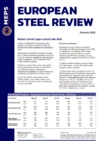
Source:
European Steel Review
The MEPS European Steel Review is an informative, concise and easy-to-use monthly publication, offering unique professional insight into European carbon steel prices.
Go to productRequest a free publication
